Best movies like The Image Book
A unique, carefully handpicked, selection of the best movies like The Image Book Starring Jean-Luc Godard, Anne-Marie Miéville, Jean-Pierre Gos, Buster Keaton, and more. If you liked The Image Book then you may also like: 2 or 3 Things I Know About Her, 2046, Vivre Sa Vie, Naqoyqatsi, Newark Athlete and many more popular movies featured on this list. You can further filter the list even more or get a random selection from the list of similar movies, to make your selection even easier.
In Le Livre d’Image, Jean-Luc Godard recycles existing images (films, documentaries, paintings, television archives, etc.), quotes excerpts from books, uses fragments of music. The driving force is poetic rhyme, the association or opposition of ideas, the aesthetic spark through editing, the keystone. The author performs the work of a sculptor. The hand, for this, is essential. He praises it at the start. “There are the five fingers. The five senses. The five parts of the world (…). The true condition of man is to think with his hands. Jean-Luc Godard composes a dazzling syncopation of sequences, the surge of which evokes the violence of the flows of our contemporary screens, taken to a level of incandescence rarely achieved. Crowned at Cannes, the last Godard is a shock film, with twilight beauty.
You may filter the list of movies on this page for a more refined, personalized selection of movies.
Still not sure what to watch click the recommend buttun below to get a movie recommendation selected from all the movies on this list
Vivre Sa Vie
Twelve episodic tales in the life of a Parisian woman and her slow descent into prostitution.
Naqoyqatsi
A visual montage portrait of our contemporary world dominated by globalized technology and violence.
Newark Athlete
Experimental film fragment made with the Edison-Dickson-Heise experimental horizontal-feed kinetograph camera and viewer, using 3/4-inch wide film.
Night and Fog
Filmmaker Alain Resnais documents the atrocities behind the walls of Hitler's concentration camps.
Nouvelle Vague
Composed entirely of literary quotations from many different sources and from several historical periods, the loose narrative concerns a drifter found by a rich woman who soon falls in love with him. A drowning accident takes place and the drifter dies, but some time later he reappears in the woman’s life looking for a job. Or could it be the man’s twin brother?
Red Desert
In an industrializing Italian town, a married woman, rendered mentally unstable after a traffic accident, drifts into an affair with a friend of her husband.
The Lovely Month of May
Candid interviews of ordinary people on the meaning of happiness, an often amorphous and inarticulable notion that evokes more basic and fundamentally egalitarian ideals of self-betterment, prosperity, tolerance, economic opportunity, and freedom.
Jutra
Through the magic of editing and animation, Claude Jutra is seen in dialogue with himself at various stages of his life – becoming the spirited narrator of his own biography. Excerpts from family films, interviews, and clips from some of Jutra's well-known works are seamlessly intertwined with these sequences, forming a portrait of a man whose life was devoted to creativity. Jutra is simultaneously a homage, a love letter to cinema, and the dramatic story of a brilliant artist whose life was all-too-short.
Koyaanisqatsi
Takes us to locations all around the US and shows us the heavy toll that modern technology is having on humans and the earth. The visual tone poem contains neither dialogue nor a vocalized narration: its tone is set by the juxtaposition of images and the exceptional music by Philip Glass.
Boogeyman II
Lacey, the shaken survivor of a bloody supernatural rampage in the countryside, is flown to Los Angeles where a slick movie producer plans to cash in on her story. At a decadent Hollywood party, plans for the beginning of a new horror movie franchise are torn asunder when a fragment of the original haunted mirror turns these hotshot movers and shakers into screamers and quakers!
Pierrot le Fou
Pierrot escapes his boring society and travels from Paris to the Mediterranean Sea with Marianne, a girl chased by hit-men from Algeria. They lead an unorthodox life, always on the run.
F for Fake
Documents the lives of infamous fakers Elmyr de Hory and Clifford Irving. De Hory, who later committed suicide to avoid more prison time, made his name by selling forged works of art by painters like Picasso and Matisse. Irving was infamous for writing a fake autobiography of Howard Hughes. Welles moves between documentary and fiction as he examines the fundamental elements of fraud and the people who commit fraud at the expense of others.
A Sign is a Fine Investment
Documentary on advertising. Investigates the way work has disappeared from advertising images, and traces the phenomenon through archive advertising films from 1897 to 1960. Places advertising in the context of historical events and everyday life, archive material being juxtaposed with contemporary images.
Tim's Vermeer
Tim Jenison, a Texas based inventor, attempts to solve one of the greatest mysteries in all art: How did Dutch Master Johannes Vermeer manage to paint so photo-realistically 150 years before the invention of photography? Spanning a decade, Jenison's adventure takes him to Holland, on a pilgrimage to the North coast of Yorkshire to meet artista David Hockney, and eventually even to Buckingham Palace. The epic research project Jenison embarques on is as extraordinary as what he discovers.
Every Man for Himself
A look at the sexual and professional lives of three people — a television director, his ex-girlfriend, and a sex worker.
John McEnroe: In the Realm of Perfection
An immersive film essay on tennis legend John McEnroe at the height of his career as the world champion, documenting his strive for perfection, frustrations, and the hardest loss of his career at the 1984 Roland-Garros French Open.
All This and World War II
Peter Gabriel is among the rockstars performing the music of Lennon and McCartney against a montage of World War II newsreel footage.
In Praise of Love
Someone we hear talking - but whom we do not see - speaks of a project which describes the four key moments of love: meeting, physical passion, arguments/separation and making up. This project is to be told through three couples: young, adult and old. We do not know if the project is for a play, a film, a novel or an opera. The author of the project is always accompanied by a kind of servant. Meanwhile, two years earlier, an American civil servant meets with an elderly French couple who had fought in the Resistance during World War II, brokering a deal with a Hollywood director to buy the rights to tell their story. The members of the old couple's family discuss heatedly questions of nation, memory and history.
Powaqqatsi
An exploration of technologically developing nations and the effect the transition to Western-style modernization has had on them.
Sans Soleil
A woman narrates the thoughts of a world traveler, meditations on time and memory expressed in words and images from places as far-flung as Japan, Guinea-Bissau, Iceland, and San Francisco.
Too Early / Too Late
Inspired by a letter by Friedrich Engels and a 1974 account of two militant Marxist writers who had been imprisoned by the Nasser regime, Straub-Huillet filmed this film in France and Egypt during 1980. They reflect on Egypt’s history of peasant struggle and liberation from Western colonization, and link it to class tensions in France shortly before the Revolution of 1789, quoting texts by Engels as well as the pioneering nonfiction film Workers Leaving the Lumière Factory (1895).
Tout Va Bien
A strike at a French sausage factory contributes to the estrangement of a married filmmaker and his reporter wife.
Fellini: I'm a Born Liar
A look at Fellini's creative process. In extensive interviews, Fellini talks a bit about his background and then discusses how he works and how he creates. Several actors, a producer, a writer, and a production manager talk about working with Fellini. Archive footage of Fellini and others on the set plus clips from his films provide commentary and illustration for the points interviewees make. Fellini is fully in charge; actors call themselves puppets. He dismisses improvisation and calls for "availability." His sets and his films create images that look like reality but are not; we see the differences and the results.
Dreams Rewired
Tracing anxieties about technology back to the 1880s, DREAMS REWIRED combines clips from nearly 200 films and newsreels with an insightful commentary by Tilda Swinton on our eternal love/hate relationship with a hyper-mediated world.
Down Memory Lane
This film is a compilation, with narration by Steve Allen, of comedies from the old Mack Sennett silent studio. Sennett, himself, appears in a cameo at the end of the film.
The Man in the Silk Hat
A documentary with many excerpts from the films of French movie pioneer Max Linder, narrated by his daughter.
Moscow Skyscraper
Through a first-person narrator, archival footage and photographs, and a contemporary camera, Pavel Lounguine uses the Moscow skyscraper where he grew up as a touchstone for looking back to Stalin and then examining today's Russia. This is Stalin's pyramid, his immortality. We visit people who have lived there for 50 years, see their flats (some modernized, others decaying), and listen to their histories: the son of a KGB man, a retired rocket scientist, a sculptor's son. an actor, seamstresses at a uniform shop, an ex-pat, and two artists. We see a kindergarten and remember marching; we watch parades and discuss surveillance. The commentary is wry: Putin emerges as Stalin's heir.
Excessive Force II: Force on Force
Stacie Randall plays Harley, a Special Forces agent-turned-investigator, who arrives on the scene of an apparent mob hit to help the local police. In actuality, she's hunting down Francis Lydell, her former C.O. and lover, who shot her in the head when she turned down his offer to become part of the freelance assassination squad he was forming. Ignoring the need for surgery to remove the bullet fragment which still causes her to have occasional bouts of disorientation, she continues her quest to bring down Lydell before he has the chance to kill a Mafia informant being held at the police station. Written by Chris Holland
Private Dicks: Men Exposed
Men, most of them naked, talk about their penises. They range from 17 to 70+, all from the U.S. The interviews are edited around themes: discovery, early sexual experiences, masturbation, size, oral sex, libido, performance, disease and maladies, maturity. A lexicographer discusses language, especially slang; a few archival educational-film clips divide the topics. Images and stories mix with facts and philosophical reflection. The usually private becomes public.
News from Home
Belgian filmmaker Chantal Akerman lives in New York. Filmed images of the City accompany texts of Akerman's loving mother back home in Brussels. The City comes more and more to the front while the words of the mother, read by Akerman herself, gradually fade away.
Paul Newman: The Restless
Multi-talented, Paul Newman is one of the greatest American actors of all time. With his silhouette of a Greek statue and his unreal blue eyes, he embodied the quintessential Hollywood star. But he never seemed satisfied. The son of a Jewish sporting goods retailer who despises him and a Catholic mother who adores him, driven by self-doubt and an inherited need for approval from his childhood, he has worked throughout his fifty-year career to break the image of the pretty boy. He made his first experiences in the famous Actors Studio. The breakthrough as a screen star came in 1958 with "Cat on a Hot Tin Roof". From then on he preferred characters on the edge of the American dream. With archive images and film excerpts, the documentary paints a portrait of a socio-politically committed man with many facets and also pays tribute to the role of his wife Joanne Woodward.
Jackie Chan: Building an Icon
Jackie Chan is a true icon of Asian and Chinese culture. Over a 45-year-long career, he has carved a niche for himself as an actor, stuntman, director, and screenwriter, but also singer and formidable businessman. After starring in almost 200 films, Chan has reconciled fans of genre film and Hollywood blockbusters, whilst bridging the gap between Asian and Western cinema. Through film excerpts, archive footage and images, and an offbeat approach inspired by the visual codes of the golden age of kung fu films, this documentary will take a look back at the creation of a popular hero who has come to be an icon for China, and the entire Asian continent.
Free Cinema, 1956 - ? An Essay on Film by Lindsay Anderson
A documentary about the history of the Free Cinema movement, made by one of it's greatest proponents, Lindsay Anderson, to commemorate British Film Year in 1985. Produced by Kevin Brownlow and David Gill. Unlike Richard Attenborough's celebratory episode of the same series, or Alan Parker's more aggressive show, which was balanced between celebrating the greats and attacking Parker's bugbears, Greenaway and Jarman and the BFI, Anderson's show accentuates the negative, painting an image of a British cinema in terminal artistic decline and trashing the ambitions and approach of British Film Year itself. It's mordantly funny and very savage.
Film sur Georges Perec
A two-part documentary made for French TV about Georges Perec, directed by his former partner Catherine Binet. It features a mixture of archival footage, scenes from Perec’s films and to-camera readings of excerpts from his work by various actors and friends of the author (Michael Lonsdale, Marina Vlady, Alain Cuny, Sami Frey, Edith Scob, Harry Mathews and others).
L'affaire Valérie
A film-maker travels through mountain villages and along the shores of Alpine lakes to investigate the disappearance of Valérie 20 years earlier. She allegedly murdered a Canadian tourist before disappearing without a trace. At least that is how the narrator, who was passing through the region at the time, remembers the story. Over the course of the interviews, the elusive Valérie seems to disappear a second time, literally engulfed by the Alpine landscape, magnificently captured on film by François Caillat. A haunting, imposing landscape, where chasms and precipices become metaphors, characters in a work of fiction that the camera turns into a documentary. A film in the form of an essay in which the director takes his work on memory to its highest degree of abstraction.
Film Socialisme
A symphony in three movements. Things such as a Mediterranean cruise, numerous conversations, in numerous languages, between the passengers, almost all of whom are on holiday... Our Europe. At night, a sister and her younger brother have summoned their parents to appear before the court of their childhood. The children demand serious explanations of the themes of Liberty, Equality and Fraternity. Our humanities. Visits to six sites of true or false myths: Egypt, Palestine, Odessa, Hellas, Naples and Barcelona.
A Film Like Any Other
An analysis of the social upheaval of May 1968, made in the immediate wake of the workers’ and students’ protests. The picture consists of two parts, each with with identical image tracks, and differing narration.
My Case
Manoel de Oliveira plays his film in three stages: the first part - a play, the second can be roughly defined as a silent film (with the behind the scenes read excerpts from Beckett works), but in the end the director brilliantly performs the same material of the avant-garde exercise. Surprisingly, a joke, repeated three times, each time everything sounds fresh and develops into an almost verbatim adaptation of the biblical "Book of Job" - a spectacular point in a parable about how hard to empathize with other people's misery, when you have your own.
Laibach: Volk - Dead in Trbovlje
Filmed live in Trbovlje, Slovenia -- the town where they formed in 1980 -- industrial music group Laibach puts on a dynamic show at the tail end of the tour to promote their highly praised album "Volk." With their usual militaristic aesthetics, they perform most of the creative reinterpretations of national anthems included on "Volk." Music videos, animated screen projections from the show and other features are included.
The Green Fog
A tribute to a fascinating film shot by Alfred Hitchcock in 1958, starring James Stewart and Kim Novak, and to the city of San Francisco, California, where the magic was created; but also a challenge: how to pay homage to a masterpiece without using its footage; how to do it simply by gathering images from various sources, all of them haunted by the curse of a mysterious green fog that seems to cause irrepressible vertigo…
Histoire(s) du Cinéma 1a: All the (Hi)stories
A very personal look at the history of cinema directed, written and edited by Jean-Luc Godard in his Swiss residence in Rolle for ten years (1988-98); a monumental collage, constructed from film fragments, texts and quotations, photos and paintings, music and sound, and diverse readings; a critical, beautiful and melancholic vision of cinematographic art.
The Ballad of Suzanne Césaire
An actress, three months post-partum, reads through fragments of the archive of Suzanne Césaire as she prepares to perform excerpts of the writer's work.
Film: The Living Record of Our Memory
Why are we still able, today, to view images that were captured over 125 years ago? As we enter the digital age, audiovisual heritage seems to be a sure and obvious fact. However, much of cinema and our filmed history has been lost forever. Archivists, technicians and filmmakers from different parts of the world explain what audiovisual preservation is and why it is necessary. The documentary is a tribute to all these professionals and their important work.

























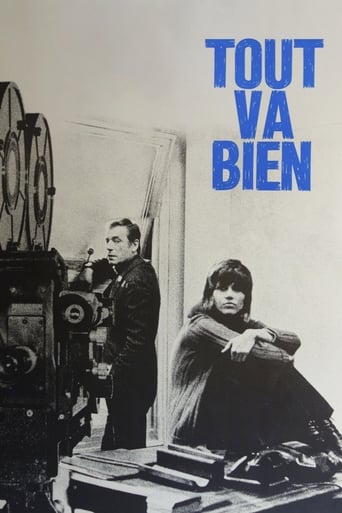
























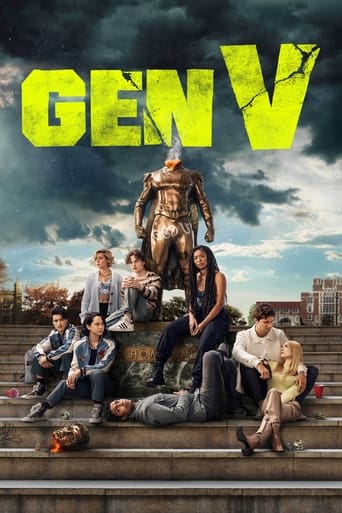
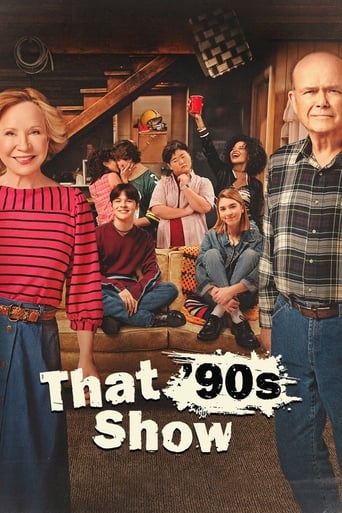
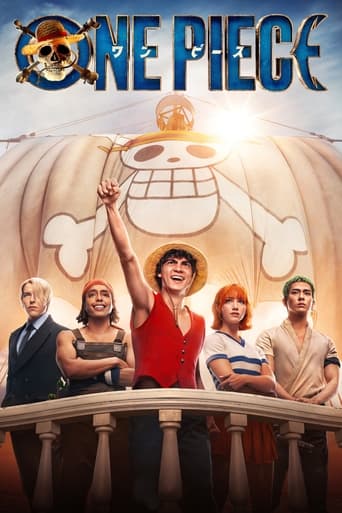
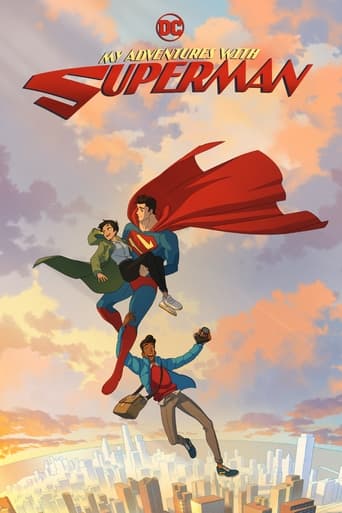
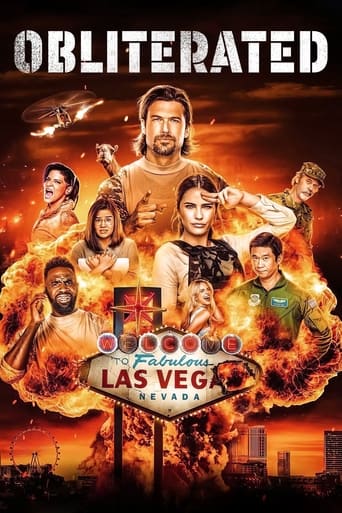
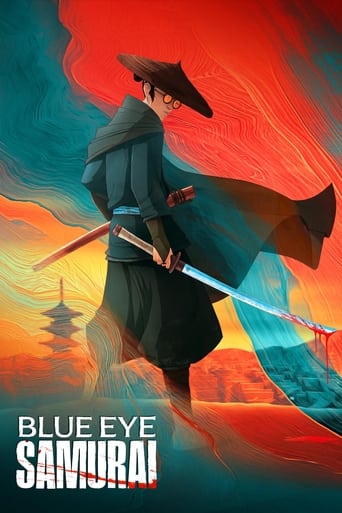
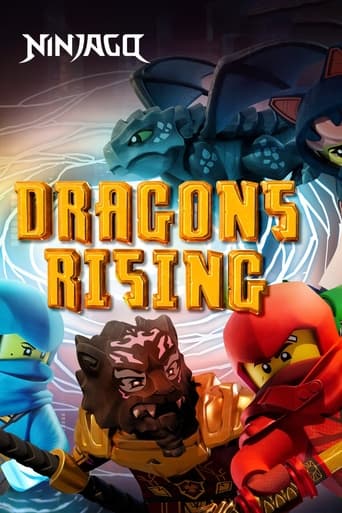
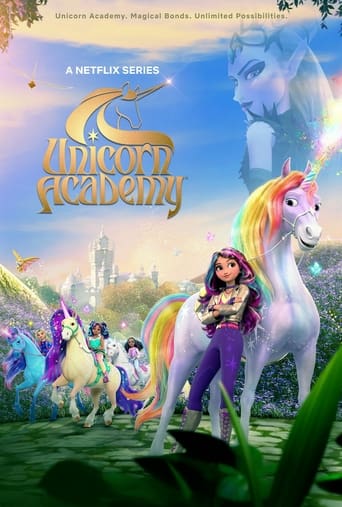



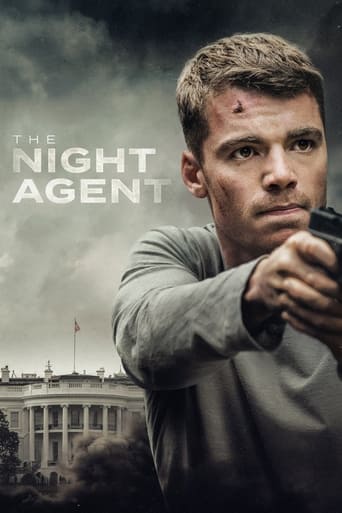
2 or 3 Things I Know About Her
As the city of Paris and the French people grow in consumer culture, a housewife living in a high-rise apartment with her husband and two children takes to prostitution to help pay the bills.